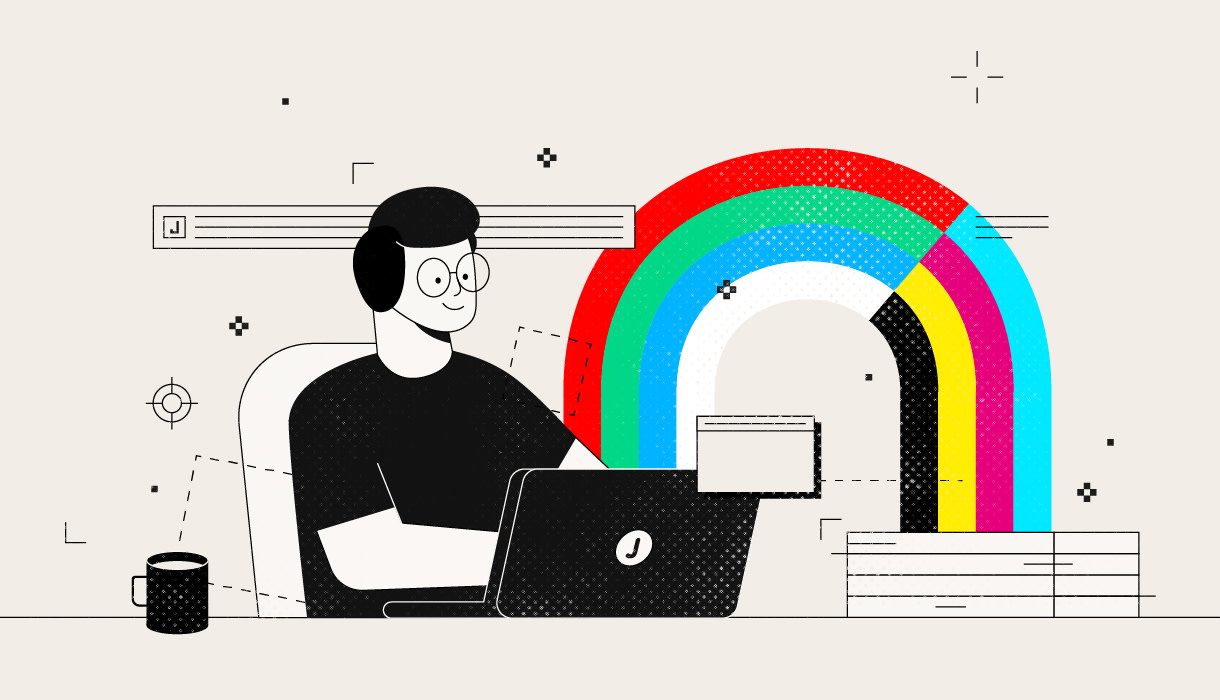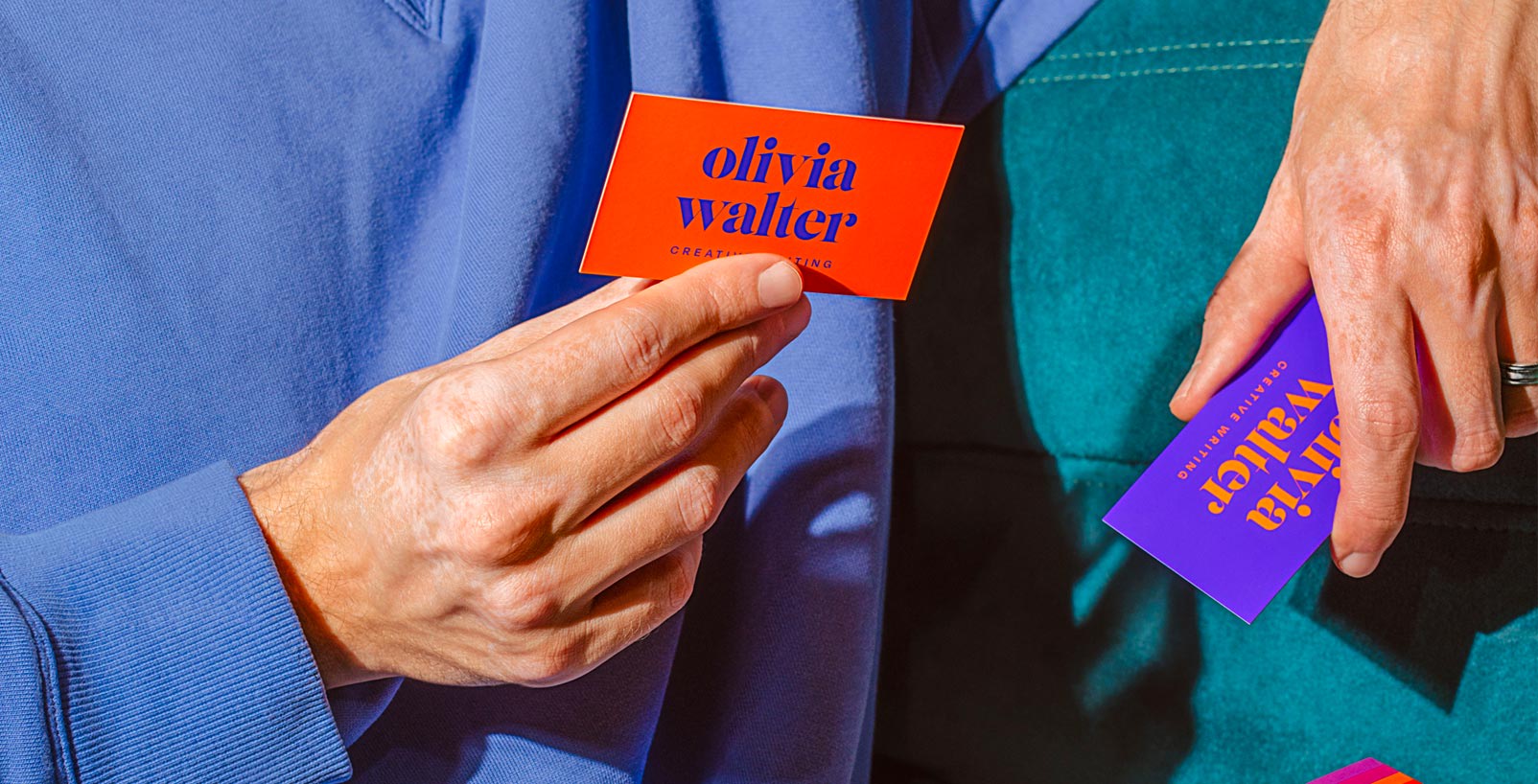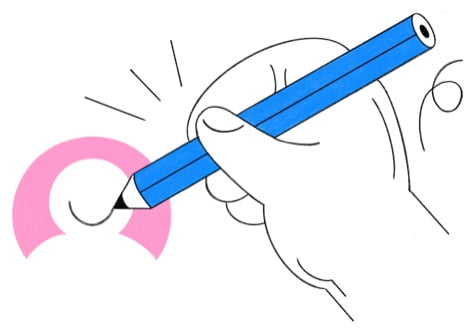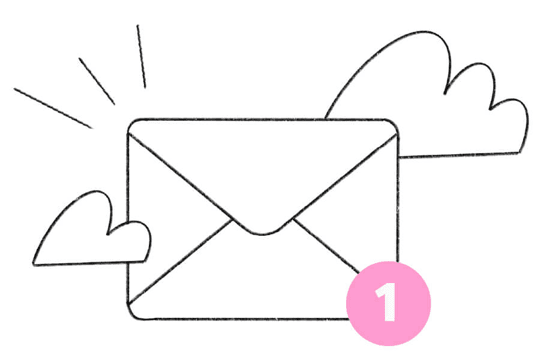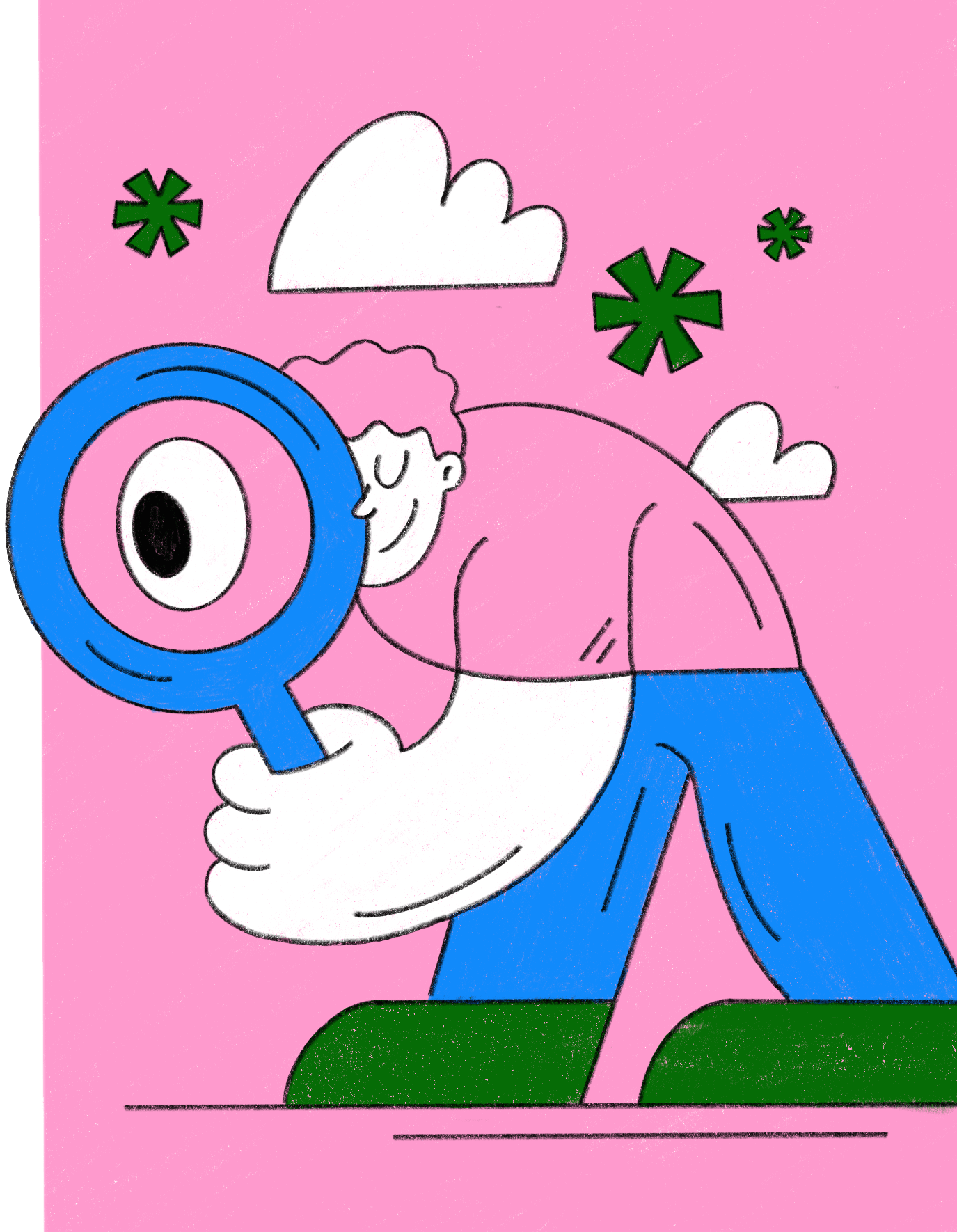It’s been a couple of weeks now since undoubtedly one of the most controversial and criticized commercial rebrands in recent history became a reality. The beloved 140-character sharing platform Twitter rebranding to X was a thrilling ride so far, to say the least. But how exactly did we end up here and what’s to tell about the rebrand from a designer’s perspective? Let’s have a look at Twitter's rebrand to X.
Twitter Rebranding to X
To have a solid understanding of this so-called rebrand, we have to go back a couple of decades. It all begins with Zip2, Elon's first real entrepreneurial endeavor. Back in the late 1990s, the internet was still figuring itself out. Elon, however, wasn't going to wait and see how this would evolve over time. He co-founded Zip2, a company that provided online business directories and maps for newspapers.
In 1999, Musk co-founded X.com, a fintech startup that would evolve into the revolutionary PayPal. This bold move showcased his knack for recognizing emerging trends and his daring to venture into uncharted territories. The transformation of X.com into PayPal not only reshaped digital payments but also solidified Musk's reputation as an innovator with the rare ability to predict industry shifts.
Peter Thiel and Elon Musk, holding credit cards branded with their X.com logo on October 20, 2000. © Paul Sakuma/AP
Musk's true impact, however, ignited with SpaceX and Tesla. Founding SpaceX in 2002, Musk defied skepticism to make space exploration sustainable. His audacious ventures, like the Falcon 1 rocket and Falcon 9 launch, demonstrated an unparalleled ability to turn dreams into reality.
Simultaneously, Musk's role at Tesla since 2004 redefined sustainable transportation. From the Tesla Roadster to the Model S and X, he harnessed innovation to revolutionize electric cars. Tesla's Powerwall in 2015 brought renewable energy to homes, showcasing Musk's dedication to a cleaner future and climate awareness.
As if these companies weren't enough to handle, he founded The Boring Company in January 2017. A company that builds “Safe, fast-to-dig, and low-cost transportation, utility, and freight tunnels.” And let’s not forget the unusual business ideas such as the “Not-a-Flamethrower” and their “Burnt Hair” perfume.
The “Not-a-Flamethrower” in action. ©The Boring Company
Musk reclaimed the domain name X.com in July 2017 from PayPal. He briefly used it as a platform to showcase his latest startup “The Boring Company”.
Elon Musk's deep affinity for the letter "X" resonates maturely. It embodies his fascination with the uncharted and signifies a relentless pursuit of innovation. From X.com's evolution into PayPal, SpaceX's revolutionary space exploration, his artificial intelligence-focused company xAI, and the surprising name "X Æ A-12" for his son. Wherever Elon Musk goes, X follows along.
In algebra, "x" plays the role of the enigmatic unknown. As a variable, it represents values waiting to be discovered. It's the cornerstone of equations, empowering mathematicians to solve intricate puzzles. This concept fuels analytical exploration and practical problem-solving, highlighting "x" as a dynamic tool within the realm of mathematics. It surely fits Elon's ambitions like a glove.
The Acquisition of Twitter
Fast-forwarding ahead a few years, Elon Musk started flirting publicly with the idea of “buying Twitter”. The chapter began on April 14, 2022, when Musk made an audacious bid of $43 billion to buy Twitter, so it can be “transformed as a private company”. That he was thinking about making Twitter rebranding to X wasn’t on anyone’s mind at this point, just another entertaining social media post by the world’s wealthiest person.
When the deal was almost set in stone in July, Musk threatened to withdraw, alleging Twitter's breach by ignoring his spambot concerns. Legal proceedings loomed, yet Musk's resolve shifted as the trial neared. He recommitted to the acquisition, solidifying his intent.
Eventually, an agreement was reached of $44 billion on October 27, after an exhilarating couple of months of negotiations.
Musk's plans for Twitter involved injecting novel features, democratizing algorithms through open-source collaboration, and curbing spambot accounts. Yet, his mission extended beyond features, he vowed to preserve the platform as a “protector of free speech” while also quickly adding monetizing features such as paid verification checks by subscribing to Twitter Blue, which got an immense negative response from their users.
Your support of content creators on this platform is very much appreciated.
— Elon Musk (@elonmusk) May 9, 2023
We keep none of the subscription revenue for the first 12 months & only 10% thereafter.
Although Musk stated that they won’t keep any of the subscription revenue for the first 12 months and only 10% thereafter, people weren’t pleased with this move.
Because of the rocky and chaotic start of this new phase, big companies started to avoid Twitter as an advertising vessel, when several articles came out Elon Musk might have looked for some financial injections to keep the platform alive by introducing paid verification. With Instagram following their footsteps by offering a blue tick in exchange for a subscription it might become normalized, but it surely took some time to get used to and it still does for some.
While it wasn’t sure what Twitter's rebrand strategy would be with such an unpredictable leader in the driver’s seat, we knew things wouldn’t stay the same and we might need to buckle up for a wild ride.
The Announcement and Launch of “X”
Quickly after becoming the new owner of Twitter and surviving a sturdy start as the new man in charge, Musk started announcing he would eventually reshape Twitter to “X”. Nothing more, nothing less. Just X. To have the brand Twitter rebranding to X doesn’t feel very logical but maybe he has a bigger plan than we might think. His reasons behind Twitter's rebrand could be about wanting to make it look like his own app, but he surely doesn’t feel very nostalgic about the bird.
Beyond a simple rebranding, this move represented a significant pivot toward innovation and becoming his envisioned “Everything App”. Elon mentioned being impressed with the digital platform “WeChat”, a Chinese social media network that can do almost anything online. The fact that Elon was so impressed by this and shared this in public, we could’ve known he would be building a similar concept at some moment in time.
Musk's unveiling strategy was both strategic and engaging. Through an entertaining mix of official statements and interactive social media interactions on his newly owned social media app, he announced the transformation that was about to come. What initially felt like a joke, became reality quite fast. Maybe a bit too fast though when you look at the chaotic transformation and all the flaws that came with it, but we’ll have a look at them in a jiffy.
July 23 became quite a hectic day for the Twitter app and its users, as Elon became more direct with this upcoming transformation. He started a poll asking Twitter users whether they should change the default platform color to black.
Change default platform color to black
— Elon Musk (@elonmusk) July 23, 2023
Quickly after, he announced the Twitter brand wouldn’t be kept alive for much longer and people could start saying goodbye to their beloved bird.
And soon we shall bid adieu to the twitter brand and, gradually, all the birds
— Elon Musk (@elonmusk) July 23, 2023
A couple of minutes later, Musk posted “If a good enough X logo is posted tonight, we’ll make go live worldwide tomorrow”. A Twitter rebranding to X becomes more and more a reality at this point.
If a good enough X logo is posted tonight, we’ll make go live worldwide tomorrow
— Elon Musk (@elonmusk) July 23, 2023
To give some extra context, he shared an image with the grainy texture that’s still being used throughout the current UI of the platform.
Like this but X pic.twitter.com/PRLMMA2lYl
— Elon Musk (@elonmusk) July 23, 2023
Sawyer Merritt didn’t hesitate to suggest a logo Alex Tourville designed for him for a podcast about Elon Musk and his ventures called X Pod, but hadn’t any use for it anymore and was welcome to use the logo for free.
Suggested logo from Sawyer Merritt, designed by Alex Tourville.
Merritt credited Alex Tourville as the designer behind the work, saying a thicker version of the logo was “inspired by a font found online”.
Merritt created a slimmed-down version of the logo for the purposes of a launch video, “adding a glow and little lines in the logo to make it look ‘imperfect’”. Merritt and Tourville probably never expected to be part of this Twitter rebranding to X but here they are, doing big things.
— Elon Musk (@elonmusk) July 23, 2023
Musk shared a few of the reasons he liked Merritt’s logo. He described it as a “minimalist art deco” option, adding that it will “probably” be changed later, or at the very least “refined”.
To provide a glimpse of the past during this hectic day, a Twitter user shared the X.com logo from 1999, which was later reposted by Musk himself.
https://t.co/J8hckYiNgo logo from 1999 ✖️ pic.twitter.com/Wftchghqvn
— DogeDesigner (@cb_doge) July 23, 2023
Later that day, Musk announced that X.com now points to Twitter.com and that the “interim logo” would go live later that day.
https://t.co/bOUOek5Cvy now points to https://t.co/AYBszklpkE.
— Elon Musk (@elonmusk) July 23, 2023
Interim X logo goes live later today.
To keep up the pace with this Twitter rebranding to X, Musk shared a photo of their San Francisco headquarter a day later with the new logo already being projected onto the building at night.
Our headquarters tonight pic.twitter.com/GO6yY8R7fO
— Elon Musk (@elonmusk) July 24, 2023
Quickly after the big reveal of the new X logo, it was already been updated to a slightly thicker version. “I don’t like the thicker bars, so reverting. The logo will evolve over time”, Musk writes on Twitter. That this Twitter rebranding to X would be such an erratic journey was something few people would have expected and no brand strategist would’ve advised doing.
You can clearly see the differences in the updated version with thicker strokes, slightly adjusted angles, and a subtle color change. But at this point, you can’t be sure how long this will last.
Before and after the “X” update.
The logo picked by Musk doesn't seem to be very original though. People pointed out that it looks just like a decades-old character from Unicode, a universal character encoding standard.
Unicode character U+1D54F (𝕏) was added to Unicode in 2001 and has been used in mathematical textbooks since the 1970s. Was this connection to math just another reason for Musk to accept this logo? At this point, we’re not sure but it wouldn’t come as a surprise.
The new logo is also nearly identical to the lowercase "x" in the Monotype font "Special Alphabet 4.
Brand Transitioning Mistakes
Because it’s fun to see how even the biggest companies in the world can make mistakes, here’s a grip of what’s been shared and laughed about the most since its sudden launch.
Right after this Twitter rebranding to X, multiple users spotted multiple amateurish flaws all over their formerly beloved app and didn’t hold back to share their findings. While it’s completely understandable that a transformation of an app with the size of Twitter is quite a challenge to manage, yet it’s another reason to plan projects like this ahead and work towards a big launch in the background. But just like we experienced with Elon since the start of this acquisition, and other ventures as well for that matter, it’s that most decisions that are made in the front-end feel quite straightforward and spontaneous.
To tweet, or not to tweet
One of the first questions that came to mind which was already being discussed online, was how they would handle the term “Tweets” and “Tweeting”. With such a strong brand universe being created that fits perfectly with the bird, it becomes quite an important part of your brand when the use of your app got its own verb, just like Google got its own term “Googling”.
After the transformation to X, the term “Tweeting” and “Tweets” were still being used.
But once this Twitter rebranding to X is a fact and the bird is gone, the term “tweeting” wouldn’t be logical to keep alive. Right after the launch of the new platform, it was quite surprising to see that these terms were still being used. This was quickly noticed by users and laughed about online. For most creative professionals it also felt like undervaluing the importance of their expertise and became another reason to mock these “beginner’s mistakes” made by one of the biggest brands in the world. As of today, tweeting and tweets are being replaced by posting and posts but it surely took some time to get this fixed. He probably had some reasons behind Twitter's rebrand but make sure you execute it well.
Larry’s alive!
Next to the overlooked naming conventions, the bird wasn’t as dead as we thought it was. When you navigated through the website you’d still be awarded with the occasional bird, and you still are. To this day, images are being shared by users regularly that show our blue friend is still flapping through the platform.
“Contact us” page with an unintentional throwback to the bird.
“More resources” section from the Help Center.
Twitter (or X) support section.
Messy Brand Toolkit
A brand toolkit is an important part of your business to provide users, third parties, and sponsors with the right tools to work correctly with your brand assets. Because you want to save unnecessary time spent by you and your clients or avoid an incorrect logo being used in any communication, businesses need to make sure this part is “on point”.
Available assets in the Brand Toolkit.
But when it comes to this for X, it’s mind-boggling to see what happened here. Sure, they are being consistent when it comes to providing a messy experience, but that’s probably not what they were going for. However, when you take a closer look at this Brand Toolkit and start downloading these assets, you start doubting if this is made by a first-year intern without any assistance besides turning on the computer and opening up Adobe Illustrator. Mistakes can be made and things can be overlooked but for a brand like Twitter, or X, flaws like this don’t make any sense.
But let’s have a look at what happens when we open up the files from the toolkit.
It all starts with the issue that the file names are not the same as the ones used in the templates, which logically results in missing links. When a folder name got updated and the path isn’t the same anymore, that’s one thing. But we’re looking at completely different file names. Not what you would expect when opening up a file from a big enterprise, right?
Pop-up message in Adobe Illustrator, pointing out the “Missing Links” of the logo image.
Unlinked file, which you’ll need to fix manually by linking to another file source.
Next up, are the added guides. They might look like real guides, but in reality, they’re just pink lines that you’ll need to remove manually before exporting to avoid those lines being included in your final image as well. To get a bit more technical for all the designers out there, these elements weren’t placed in a “non-printing” layer either so they will be visible after exporting. Quite a beginner’s mistake to state at least.
Guides aren’t guides, just pink lines that you’ll need to remove manually.
Another misstep you’ll notice is to let you know the used font is missing in the template. Quite understandable that their own “Chirp” typeface, which appears to be a white-labeled version of GT America by Grilli Type, isn’t up for grabs for everyone.
However, if there’s anything graphic designers learn when working with files that need to be usable for people externally, is that you either provide the actual font or work with an alternative default font instead.
That even the explanation text on the left is set in its own brand typeface without being “converted to outlines” shows we’re almost certainly looking at an overlooked mistake.
Missing fonts in the template files.
The updated logo with the thicker lines is already being used throughout the platform but when you currently download the Media Toolkit it’ll still provide you with the initial X logo. Again, confusing. Making Twitter rebranding to X is one thing, but make sure you’re not hurting your user’s trust in the platform.
If you take the time to jump randomly through the website and app you’ll be surprised how many references to Twitter are still out there. Again, completely understandable if you choose to switch brands overnight but it’s just another example of why you need to plan these monumental changes months ahead.
At this point, we know we have to accept the end of our beloved bird. All personal sentiments aside, the Twitter brand that was built since its beginning had a sense of human touch with a friendly aesthetic. To let a friendly environment like that be the peel of your platform, does a lot in terms of branding and user experience. Of all the possible reasons behind Twitter’s rebrand, a moment of thought or “feeling like it” isn’t a very solid foundation on which to build a brand but let’s hope Elon knows what he’s doing.
Sure, Musk probably wants to make this look like his own developed product but we have to ask ourselves at what cost you want to completely redo a brand that surely wasn’t losing market share due to its brand identity. It might even be the complete opposite, with such a strong and beloved identity you’ll be able to have some flaws. If people love your brand, they’ll accept your shortcomings and stand by your side.
The evolution of the Twitter logo.
The bird has been a part of the Twitter brand since it launched in 2006, originally designed by Simon Oxley. The feathered mascotte is also known as Larry, a tribute to NBA player Larry Bird. He got updated in 2009 and 2012 with the help of Philip Pascuzzo and Douglas Bowman who both took steps to simplify the outline of the shape, which became the widely used example of using geometric shapes and the golden ratio in logo design. After this Twitter rebranding to X, the possibility of a reunion with good old Larry doesn’t feel like a possibility. But I’m sure a lot of people will keep on hoping, so fingers crossed. But not to make the letter “X” of course.
Conclusion
As we said earlier, a rebrand of this size is very, very difficult to manage and execute. But if there’s one thing you can learn from Twitter rebranding to X, is that you need to prepare a brand redesign, or even a more subtle brand refresh miles ahead to oversee the complexity of the project and to avoid unnecessary mistakes. Sure, moving fast in the world of business is very important but you should never trade this for a weak introduction of a new phase and put your brand’s reputation at risk.
One thing we know about the reputation of any business, even the ones that are digital-first, is how important a first impression is. One way to impress future clients is to put some extra thought into your own custom business cards. The experience of feeling an actual business card produced with the finest materials, surprising shapes, foil-printed elements, or anything else our amazing team produces, will leave a lasting impression.
Another way businesses connect with the world is through custom stickers. The magic of sticking these little graphics onto any surface you want is something special that never left and it only keeps growing to grab back to physical goods as well for your promotion efforts. An online ad is one thing, but to actually have something in your hands is completely different and your customers will love you for it.
Want to have a peek inside Jukebox? Feel free to follow us on Twitter…I mean X.


















